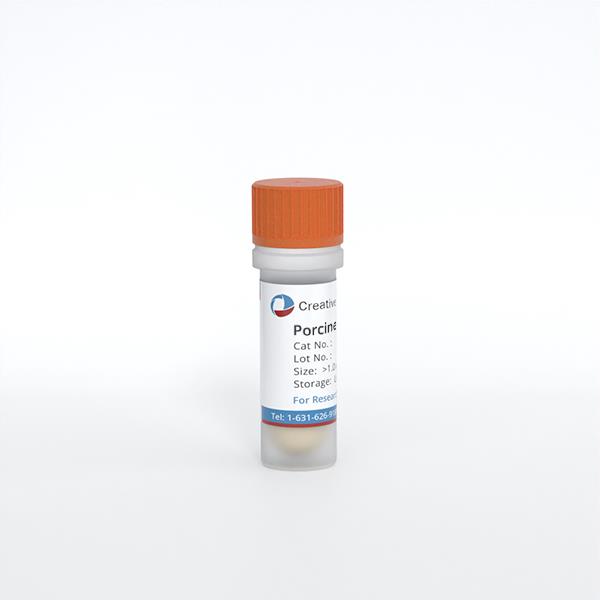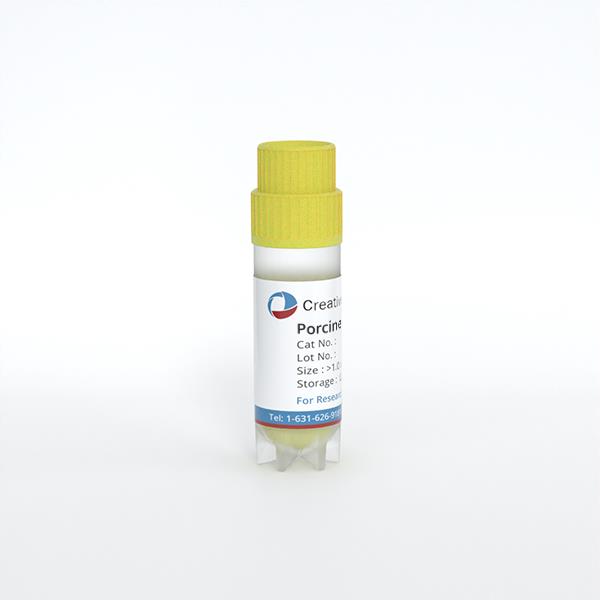ONLINE INQUIRY

Porcine Brain Vascular Fibroblasts
Cat.No.: CSC-C4885L
Species: Pig
Source: Brain
Cell Type: Fibroblast
- Specification
- Q & A
- Customer Review
Never can cryopreserved cells be kept at -20 °C.
Only after 3 or more generations of passaging culture can we obtain relatively pure fibroblasts. Polygonal cells can be seen around the tissue block at 7-8 d of culture and grow in patches all around, and the cells are passaged at 13 d of culture. The cells obtained by digestion method were cultured for 5 d, and the cells started to grow rapidly around them and were ready for passaging at about 11-12 d. After passaging, the cells grew all over the culture plate in 6 d.
Ask a Question
Average Rating: 5.0 | 1 Scientist has reviewed this product
Reliable products
We have always relied on this product because it has helped us to complete our experiments well.
17 July 2022
Ease of use
After sales services
Value for money
Write your own review


